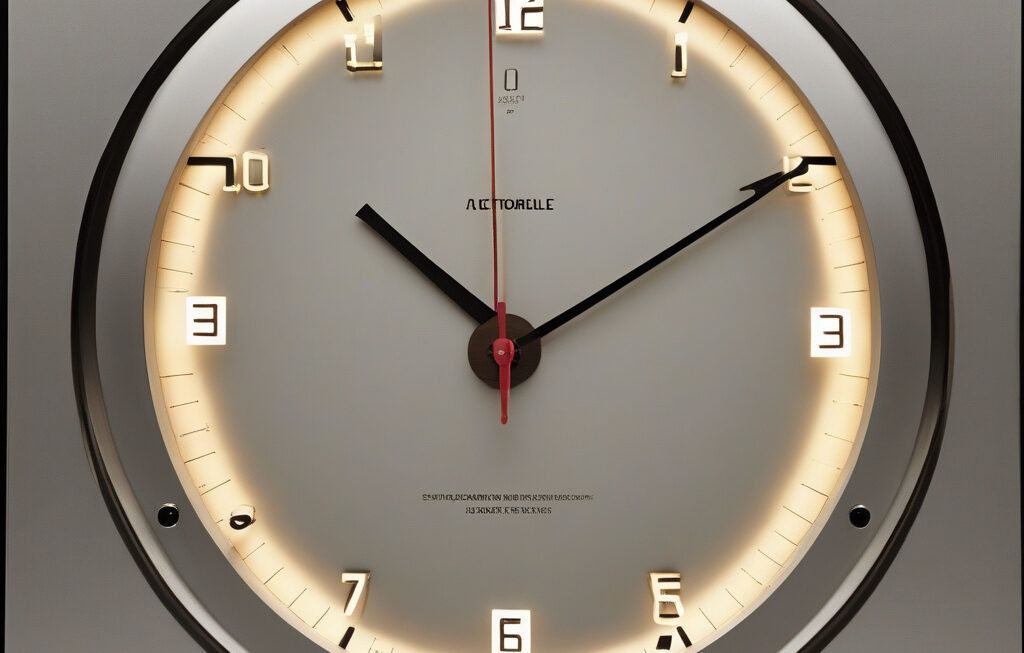World’s most sensitive dark matter detector achieves billionfold drop in radon
Scientists working with one of the world’s most sensitive dark matter detectors say they have achieved a remarkable milestone in their quest to unlock the secrets of the universe. The detector, located deep underground to shield it from cosmic rays and other interference, has successfully reduced radon levels by a staggering billionfold. This breakthrough paves the way for even more precise measurements and could bring us one step closer to understanding the elusive nature of dark matter.
The detector in question, known as XENON1T, is situated in the underground facilities of the INFN Laboratori Nazionali del Gran Sasso in Italy. It consists of a large tank filled with ultra-pure liquid xenon, designed to capture the rare interactions that may occur between dark matter particles and ordinary matter. However, the presence of radon – a radioactive gas that can mask the signals from these interactions – has long been a challenge for such experiments.
By implementing a series of innovative purification techniques, the team of researchers was able to reduce the radon levels in the detector to unprecedented lows. This significant reduction not only minimizes background noise but also enhances the sensitivity of the detector, allowing it to pick up even the faintest signals from potential dark matter interactions.
The implications of this achievement are far-reaching. Dark matter, which is thought to make up about 85% of the matter in the universe, has so far eluded direct detection. By reducing the background noise from radon, scientists can now more accurately discern any signals that may point to the existence of dark matter particles. This could provide vital clues to the nature of dark matter and its role in shaping the cosmos.
Moreover, the techniques developed by the XENON1T team to combat radon contamination could have broader applications beyond dark matter research. Radon is a significant concern in many areas, particularly in underground facilities and residential homes, where it poses health risks due to its radioactive properties. The success of the XENON1T experiment demonstrates the effectiveness of advanced purification methods in mitigating radon levels, offering potential solutions for radon detection and remediation in various settings.
The journey to unravel the mysteries of dark matter is a complex and challenging one, requiring cutting-edge technology and innovative approaches. The billionfold drop in radon achieved by the XENON1T detector represents a significant leap forward in this ongoing pursuit. As scientists continue to refine their techniques and push the boundaries of detection capabilities, we inch closer to understanding the enigmatic substance that pervades the universe.
In the realm of scientific discovery, every breakthrough brings us closer to answering age-old questions and opening up new frontiers of knowledge. The milestone achieved by the XENON1T team stands as a testament to human ingenuity and persistence in the face of seemingly insurmountable mysteries. With each advancement, we draw nearer to unraveling the secrets of the cosmos and gaining a deeper understanding of our place within it.
#DarkMatter, #RadonReduction, #XENON1T, #CosmicResearch, #ScientificBreakthrough












